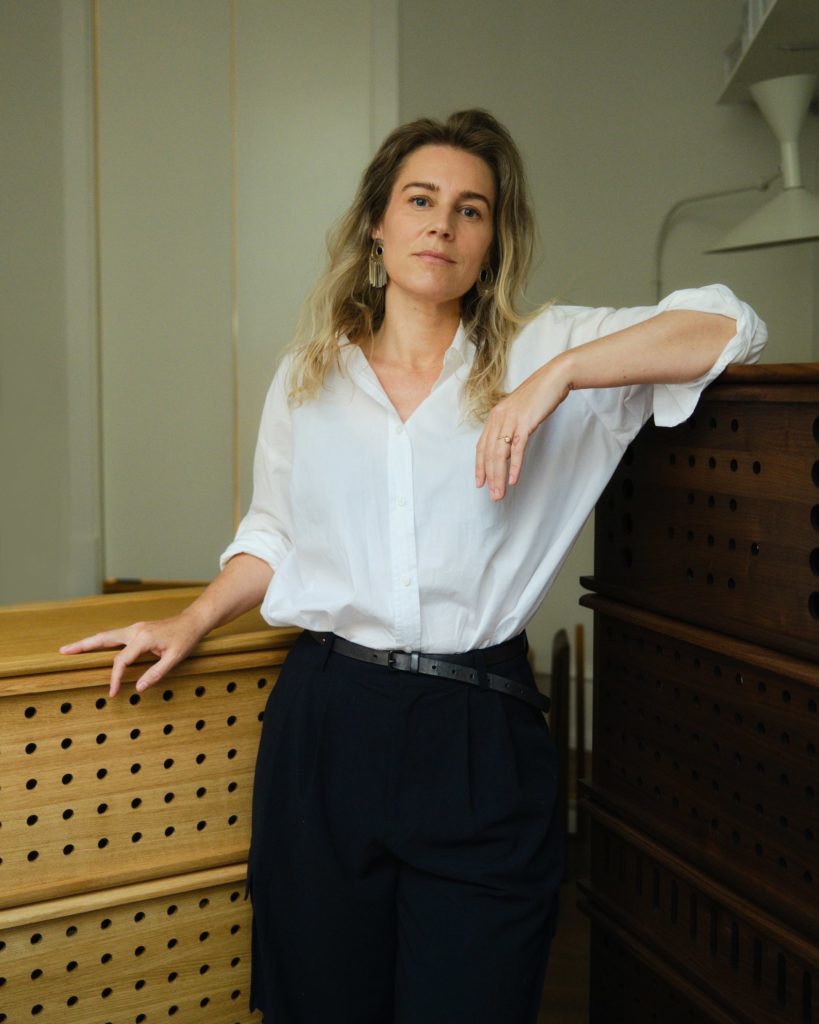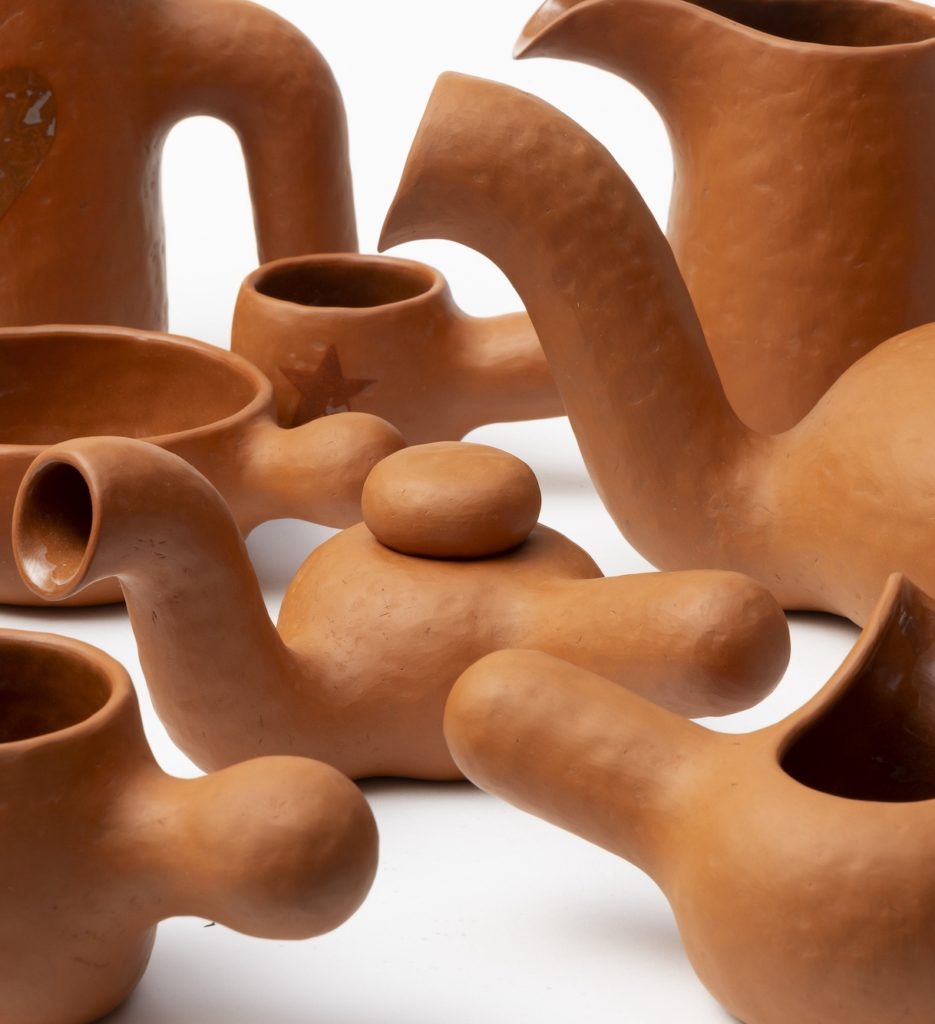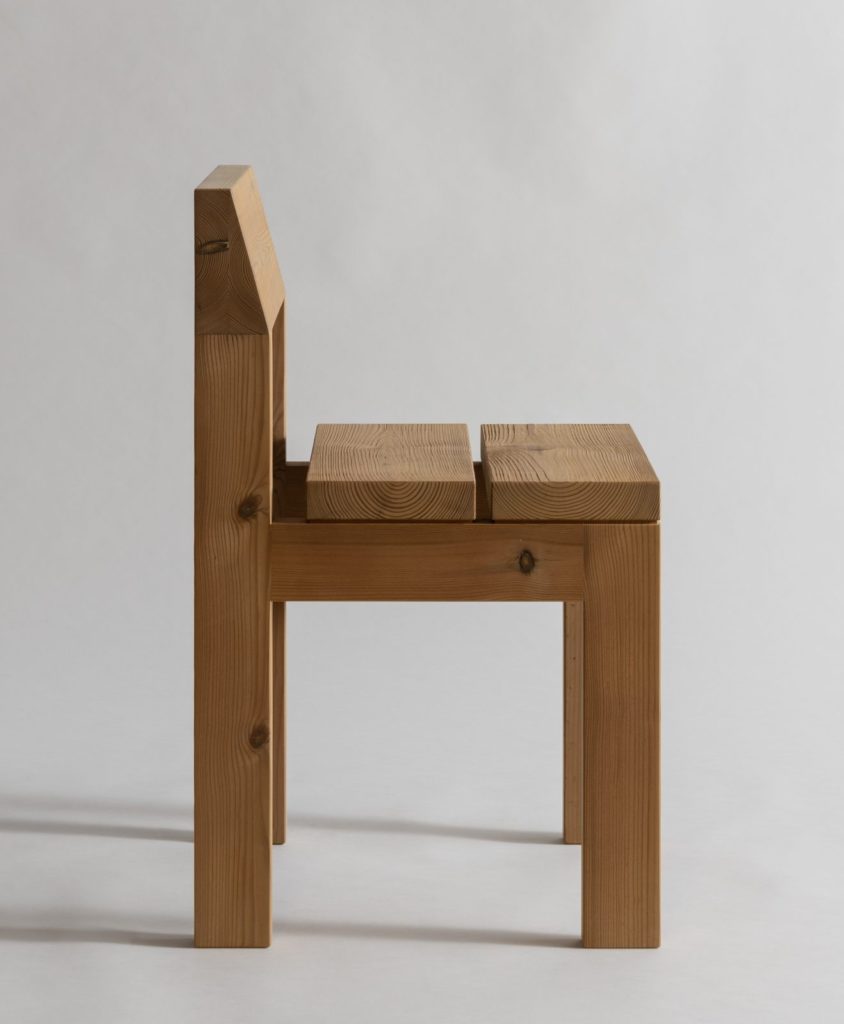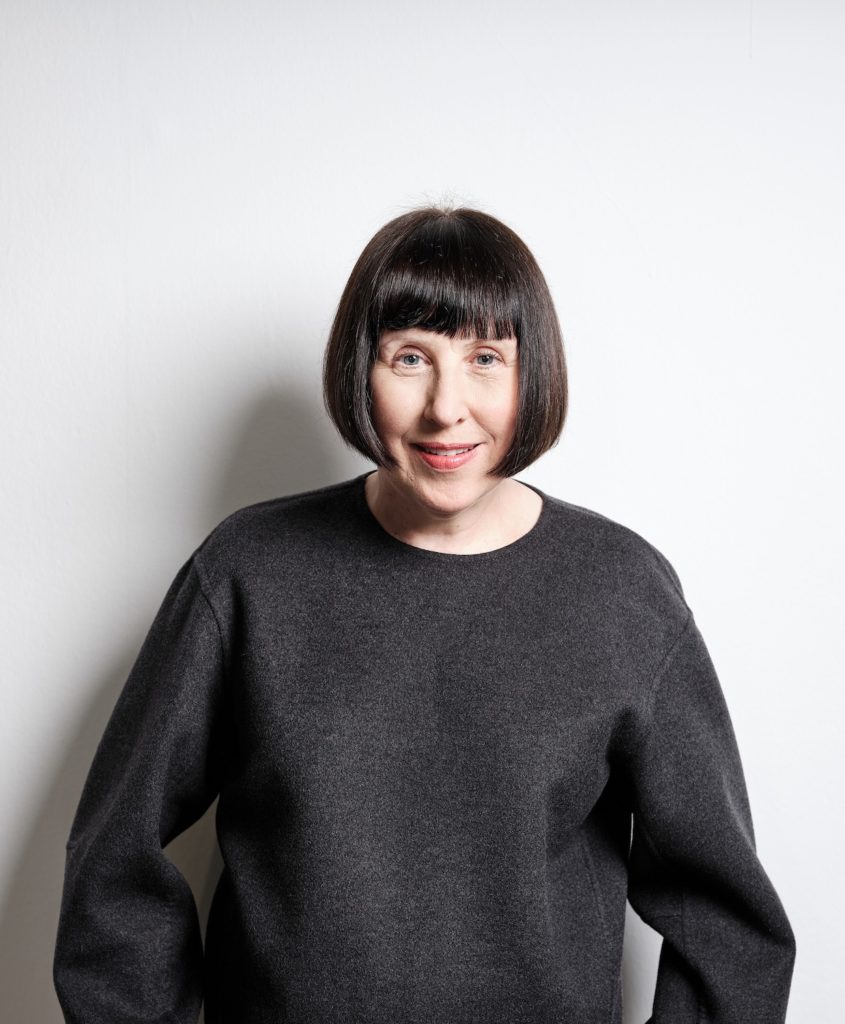Danish Ceramics – part 1 – Martin Bodilsen Kaldahl
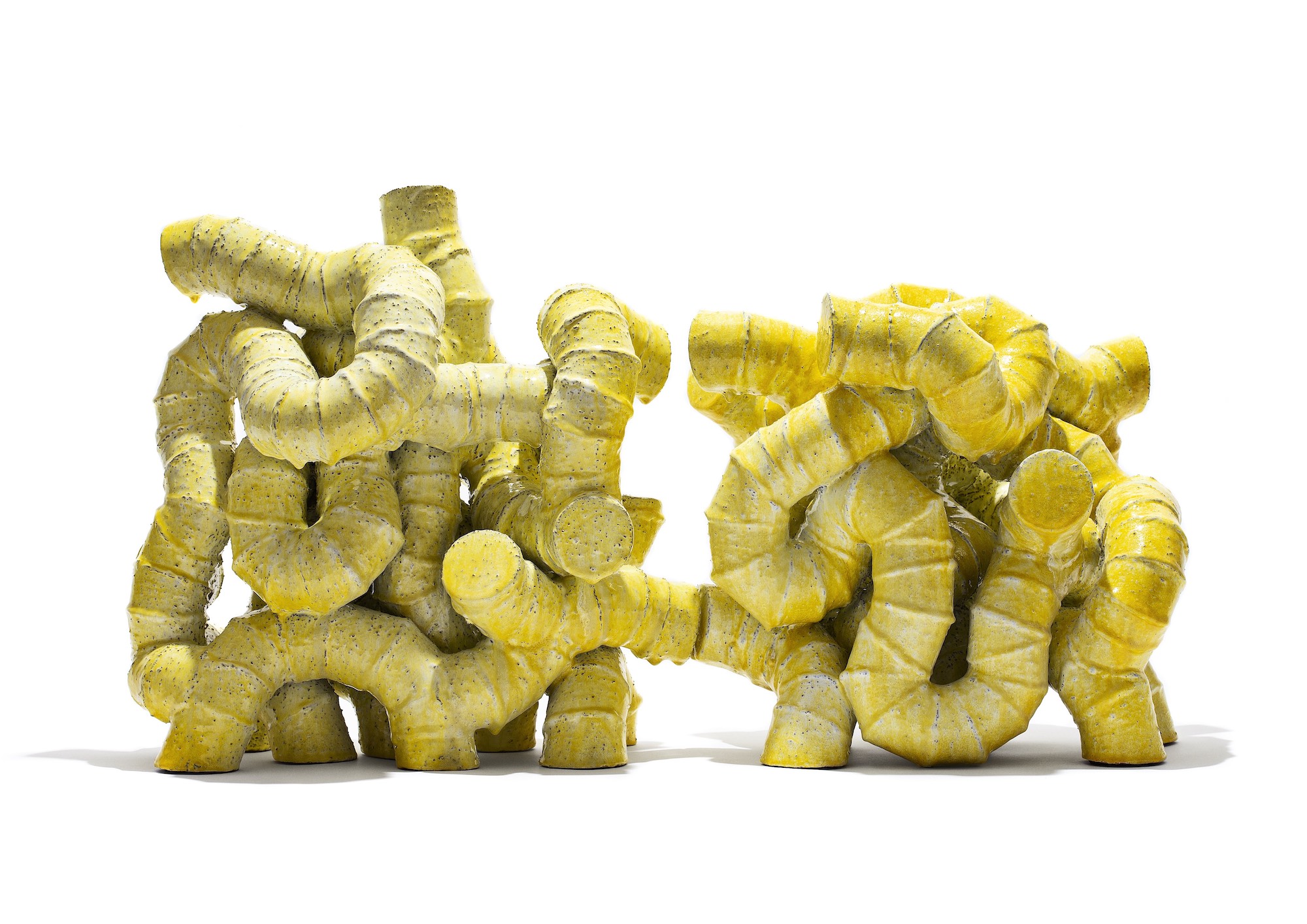
In a new series of articles, The Mindcraft Project focuses on some of Denmark’s influential designers and makers seen through the eyes of UK-based design, craft and architecture writer Grant Gibson.
In this first article in the series, Grant Gibson meets Martin Bodilsen Kaldahl.
Writing in a 1997 edition of Crafts magazine, the excellent – and occasionally rather waspish – ceramics critic, David Whiting, described Danish modernism as being ‘characterised, on the one hand, by sturdy thickly glazed earthiness, and, on the other, by highly engineered types of throwing and hand-building, with controlled surfaces and absolute precision of form.’ Scroll forward nearly 25 years and does this description ring true of the nation’s ceramic scene? Not so much, would be the honest answer.
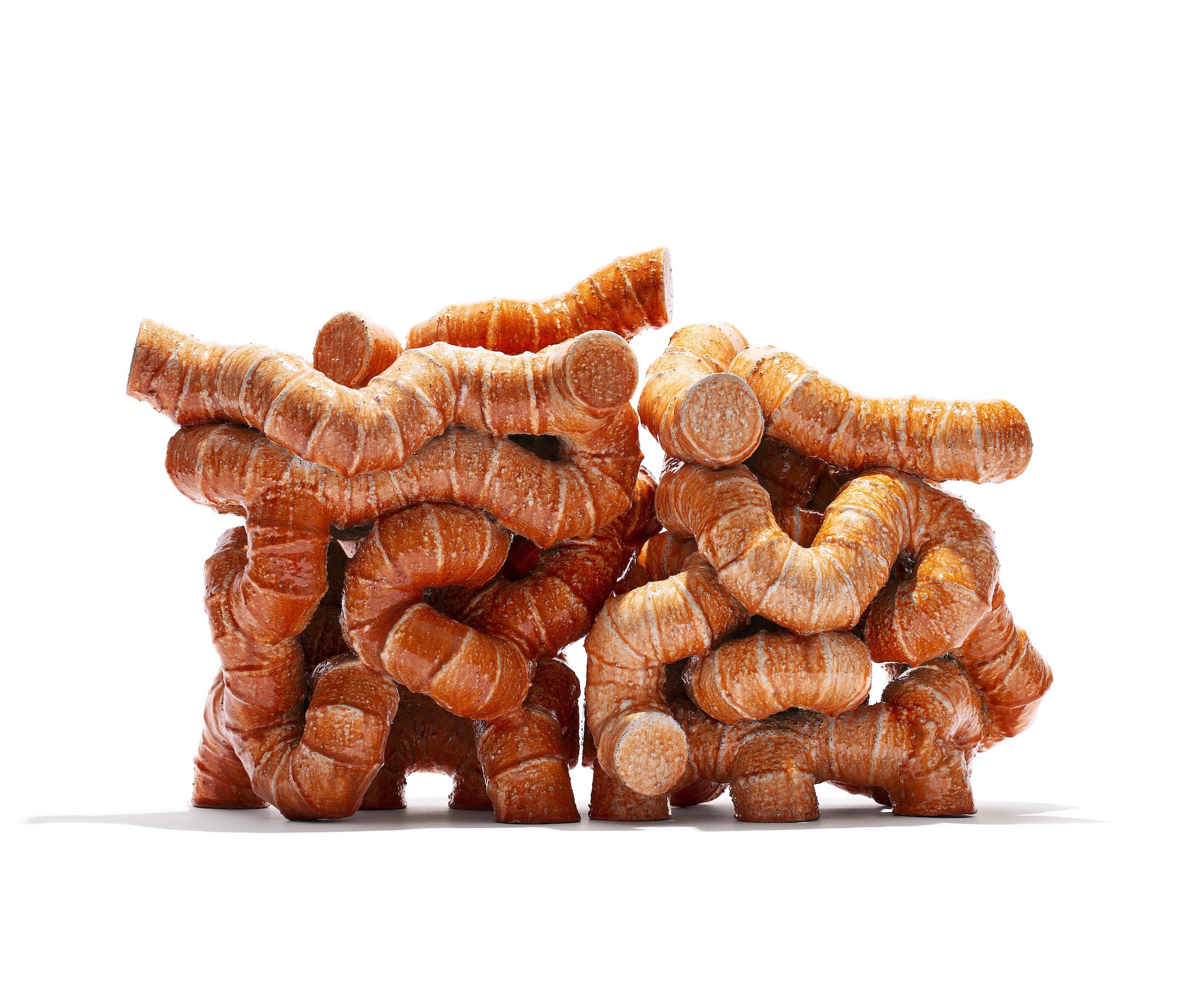
Arguably, the huge transformation that has taken place in the discipline can be tracked through the career of Martin Bodilsen Kaldahl. When he began working seriously with the material in the 70s, the ceramics world looked very different. “The scene in Denmark was very self-confident with a lot of very good names that painted the picture but it wasn’t very curious about what was going on in the rest of the world,’ he tells me over Zoom. ‘The Danish tradition was of much more subdued colours, a lot of texture. It spoke with a low voice.”
The young Bodilsen Kaldahl followed accepted practice – that sense of practical, polite, unobtrusive design – and concentrated on making domestic ware. “In the beginning it was about being a good thrower, making good functional work,” he recalls. “However, it dawned on me that I didn’t feel it was satisfactory. I had this urge to express more and work more with form as an expressive means in itself.” Finding a new perspective entailed going to another country. He had long felt an affinity for England, having had studio practice there in the late ’70s and in 1988, at the age of 33, decided to enrol at London’s Royal College of Art, where he was taught by the likes of Alison Britton, Eduardo Paolozzi and Martin Smith. It turned out to be a Damascene-like moment. “I felt so relieved,” he confesses. “It was a new chapter starting. I never decided to leave the functional side of ceramics but, as it happens, I never really returned to it either except on a few occasions.”
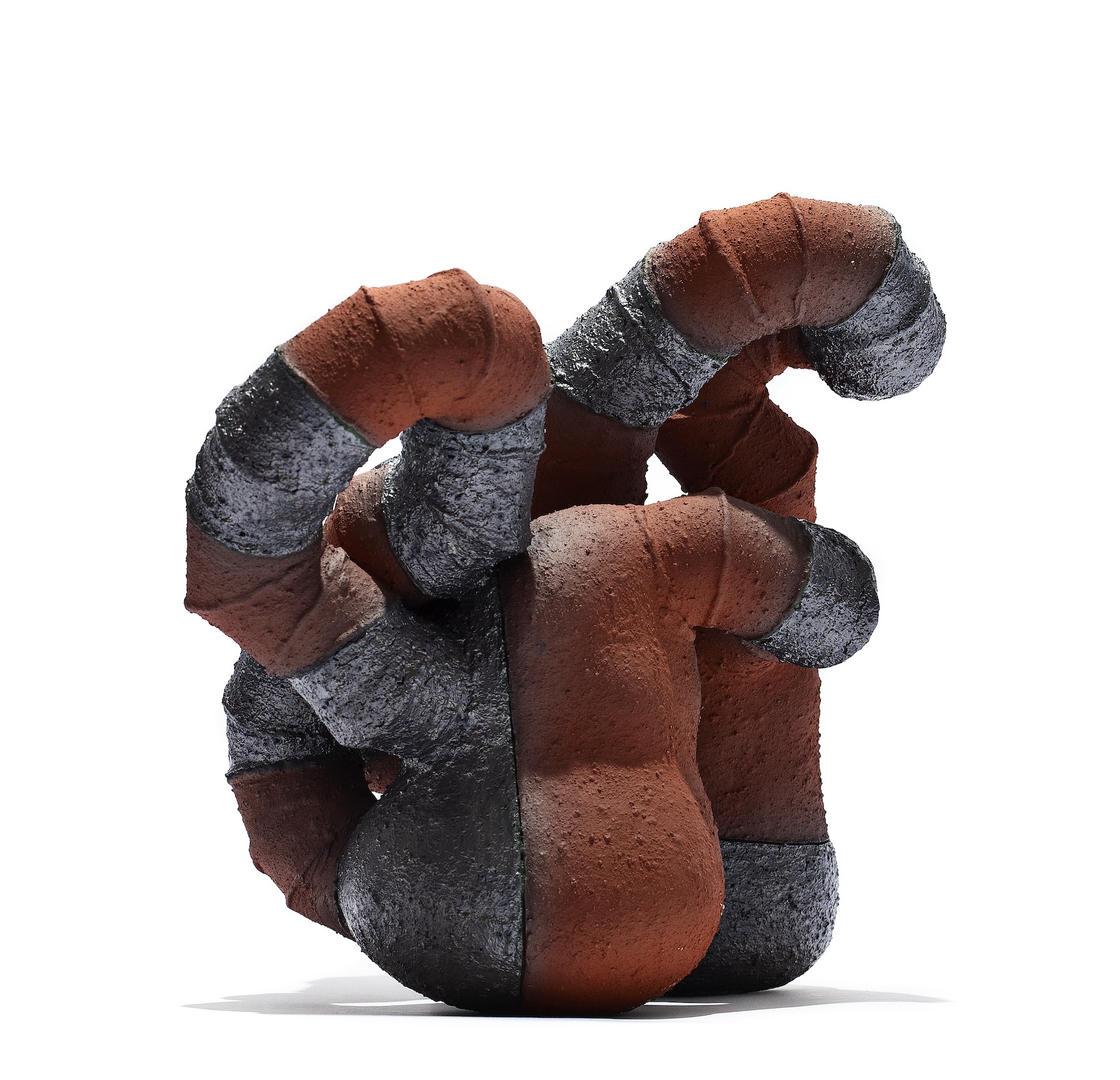
While his work became more sculptural, it was still rooted in ceramic tradition and history. However, around the turn of the millennium something began to change. He partly ascribes this to the time he spent teaching. “For many years, I was into preaching that it was really important as a maker to relate to your tradition – your applied art tradition as opposed to that in fine art,” he explains. “I kept talking about the strengths of the vessel. Then one day, after 2000, I felt that I couldn’t hear myself say that any more. Not out of any disrespect at all, but simply because it didn’t matter so much. You have to bring out strong work but whether it has a hole in it and it’s a vessel, or it’s a sculptural piece is not what it’s about any more.”
To prove his point, Bodilsen Kaldahl’s more recent output, such as his Spatial Drawing’ series, hand-built from small connected clay tubes, has a knotty, irregular aesthetic. “I work with really, really basic stuff,” he says. “I transform the building process into a readable energy in the work. Through this way of handling it, being strongly present and believing in it, the end result can hit someone else as well.”
Would it fit into Whiting’s description of Danish ceramics? It seems unlikely, after all, as the artist points out: “The way we communicate now means there are influences flying in from everywhere.”
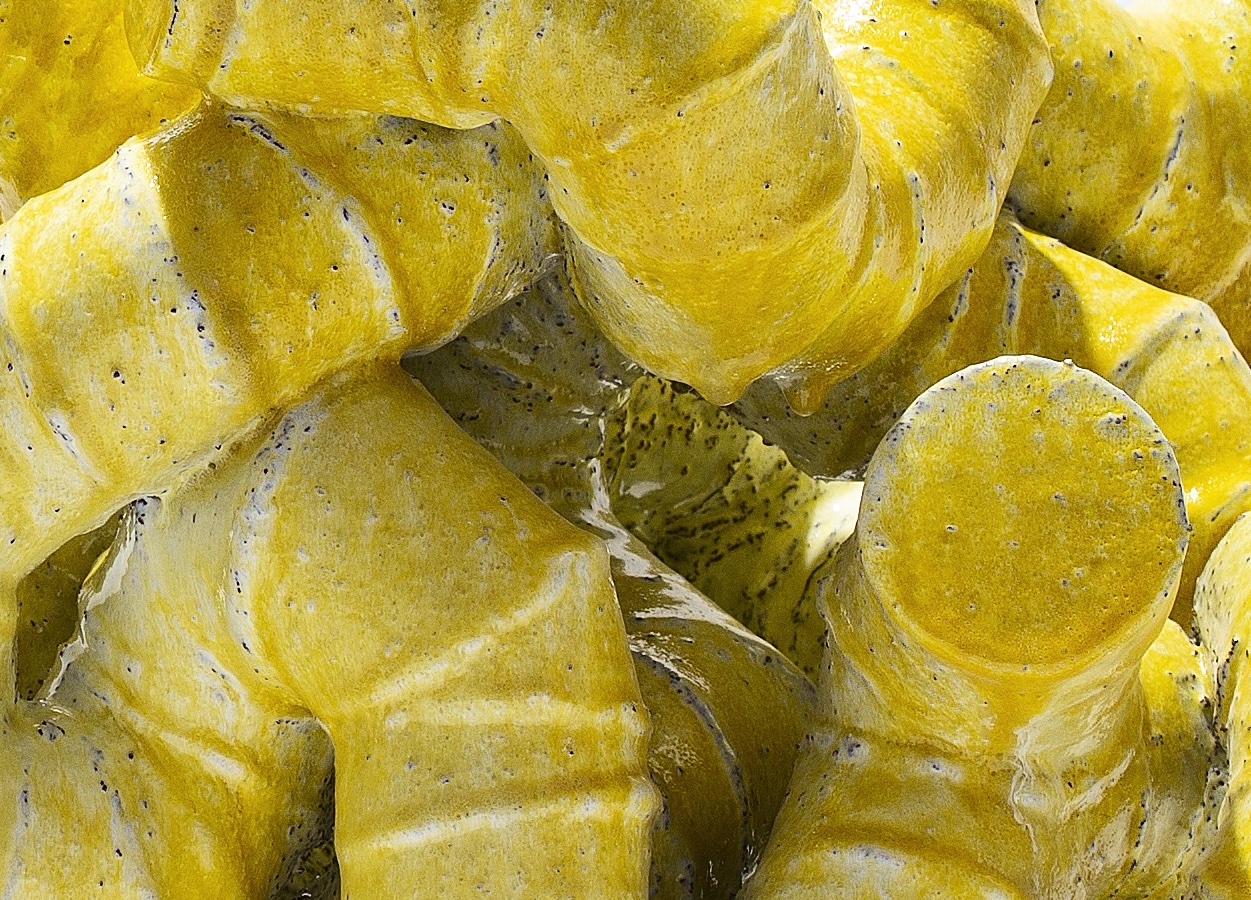
Grant Gibson was previously editor of both Blueprint and Crafts magazines, and his work has been published in The Observer, The Guardian, Daily Telegraph, FRAME and Dwell. In 2019, he launched the critically acclaimed podcast series Material Matters with Grant Gibson.
